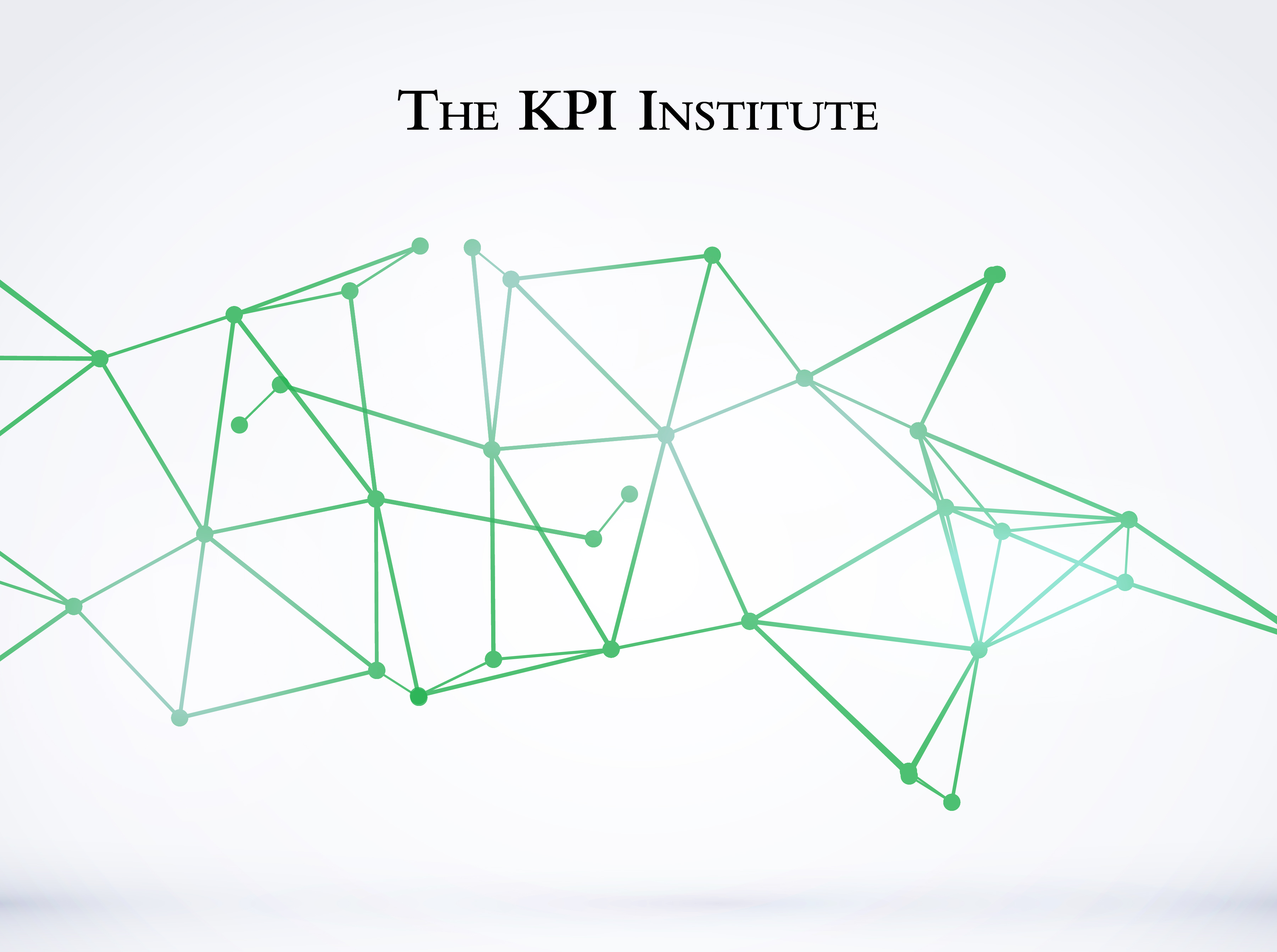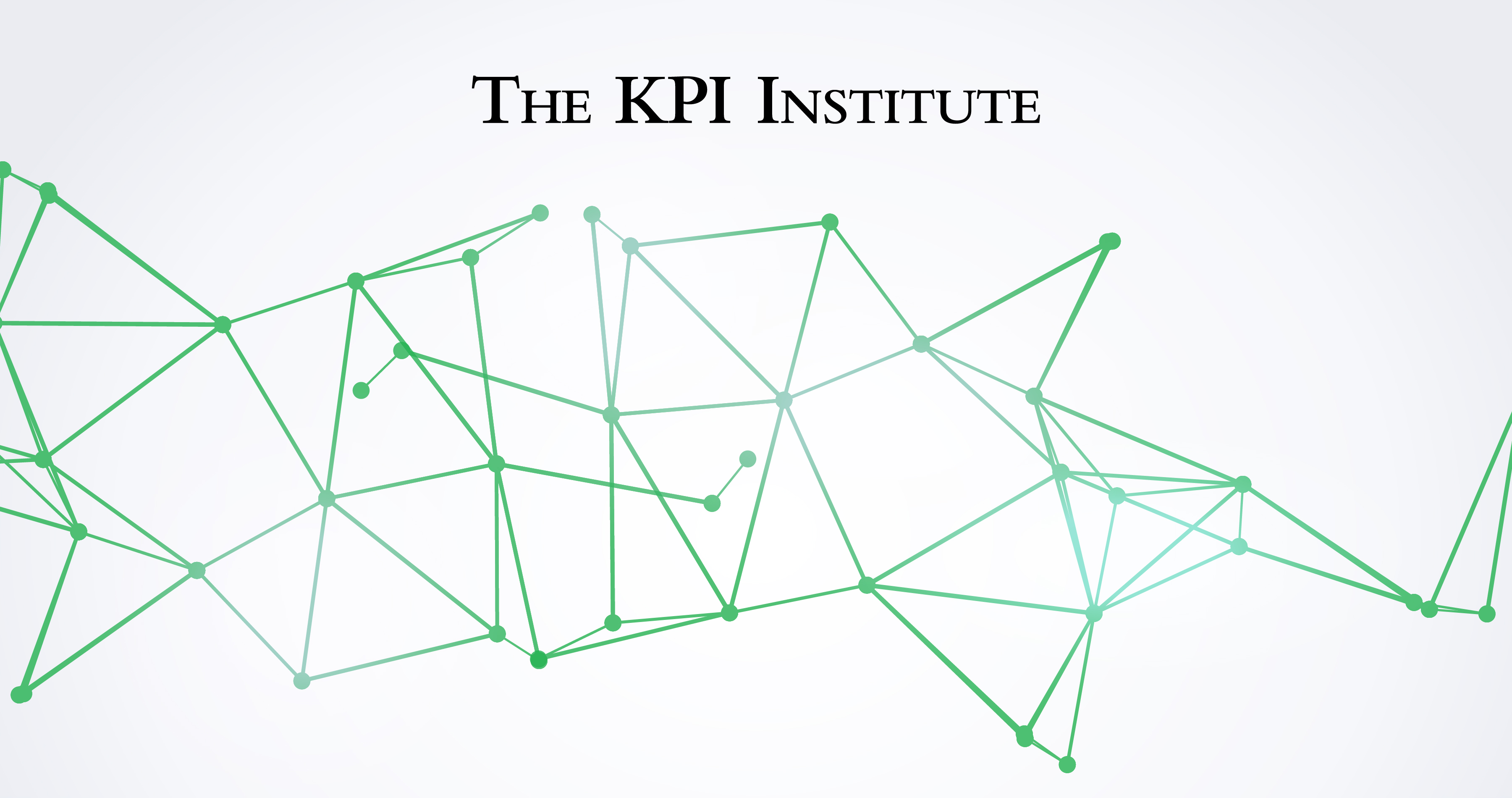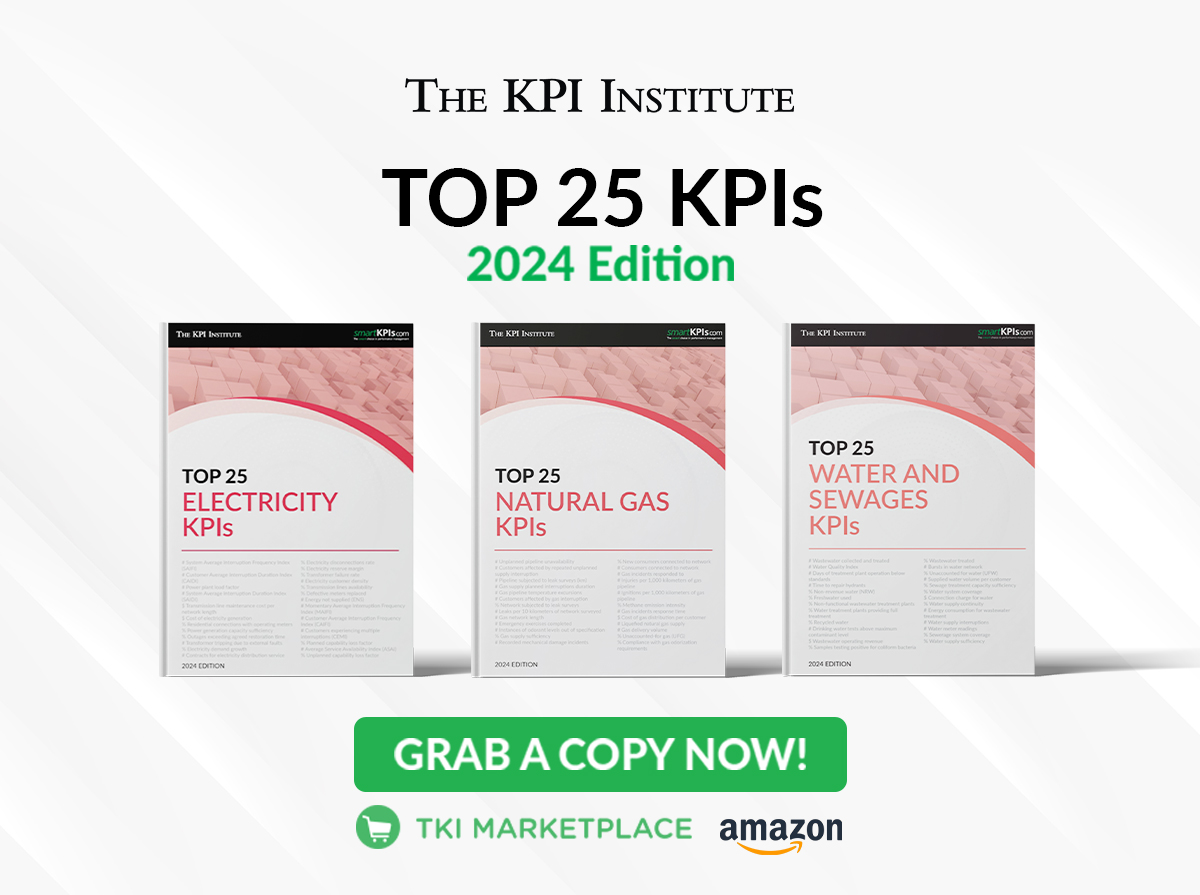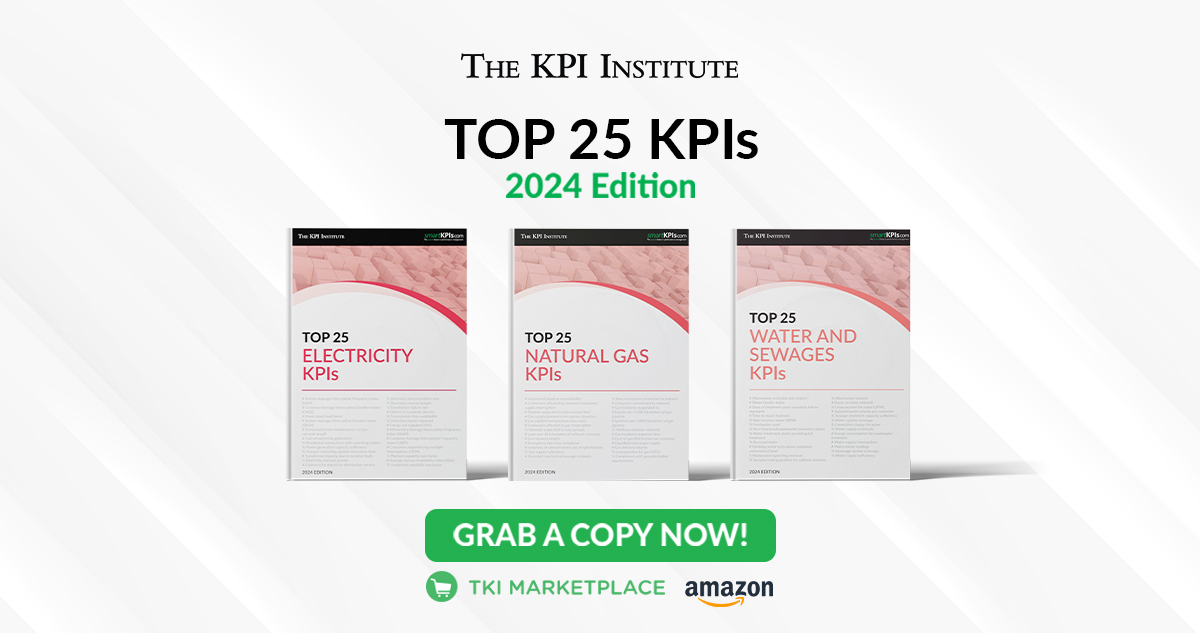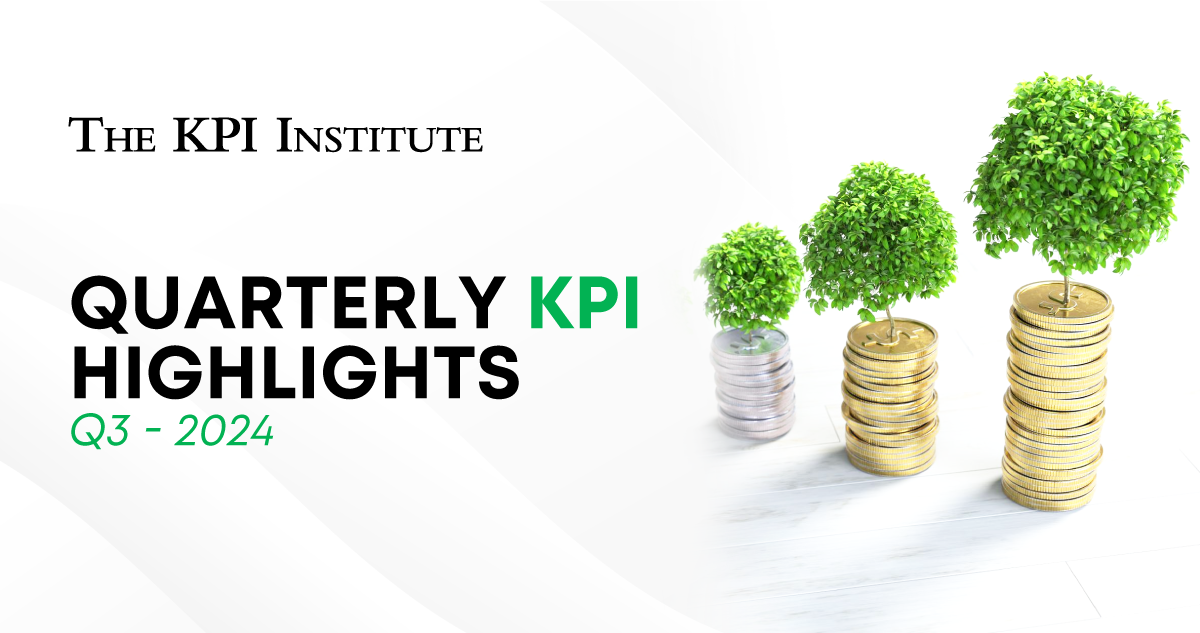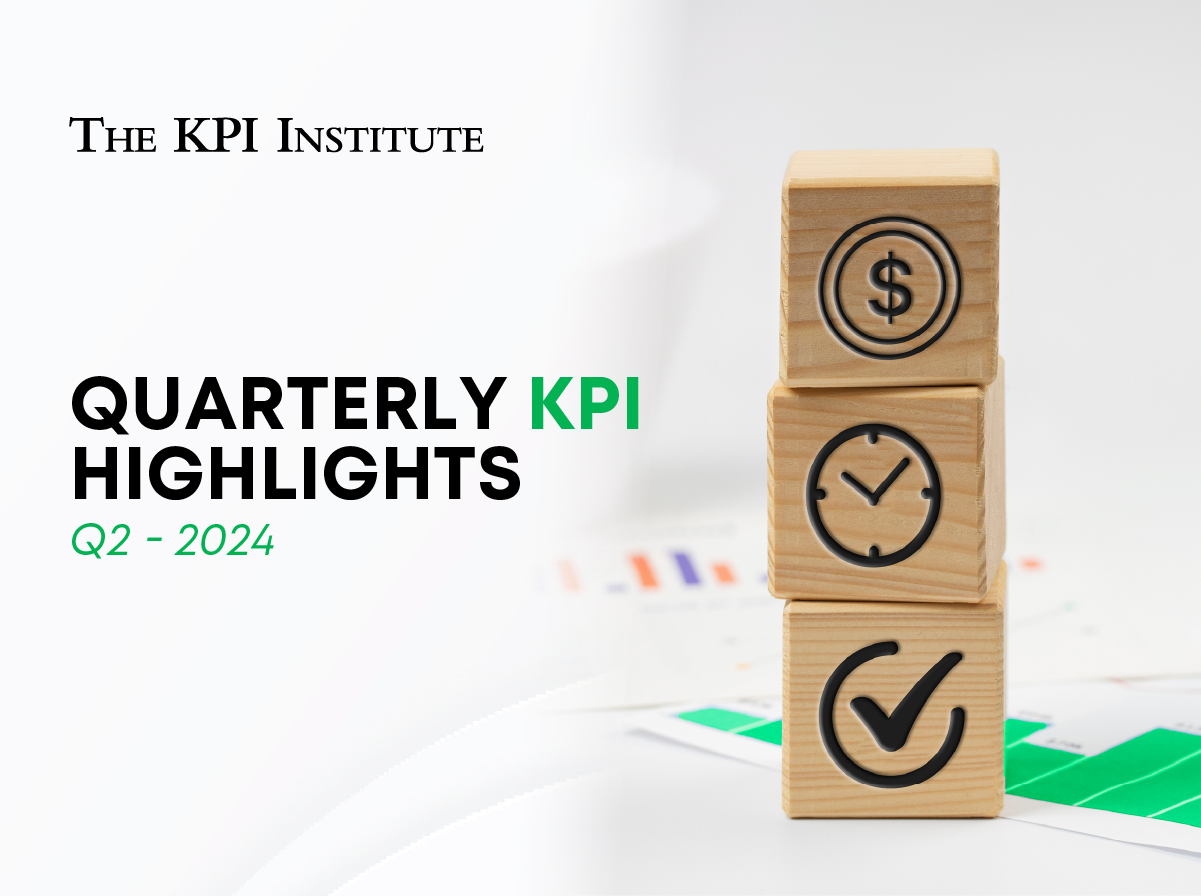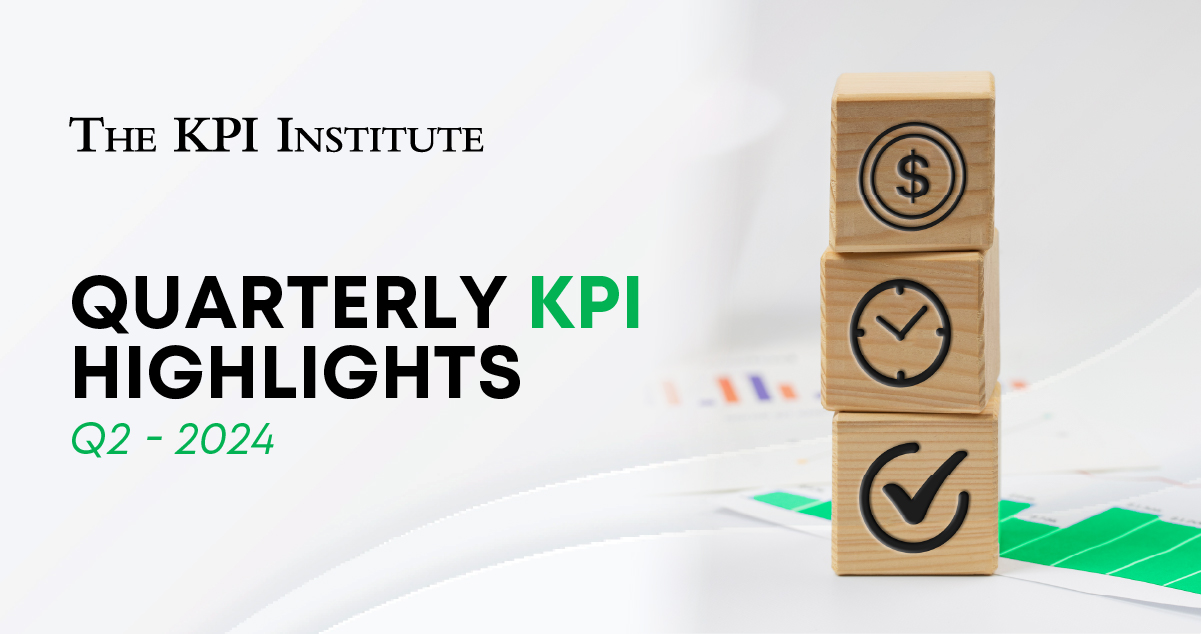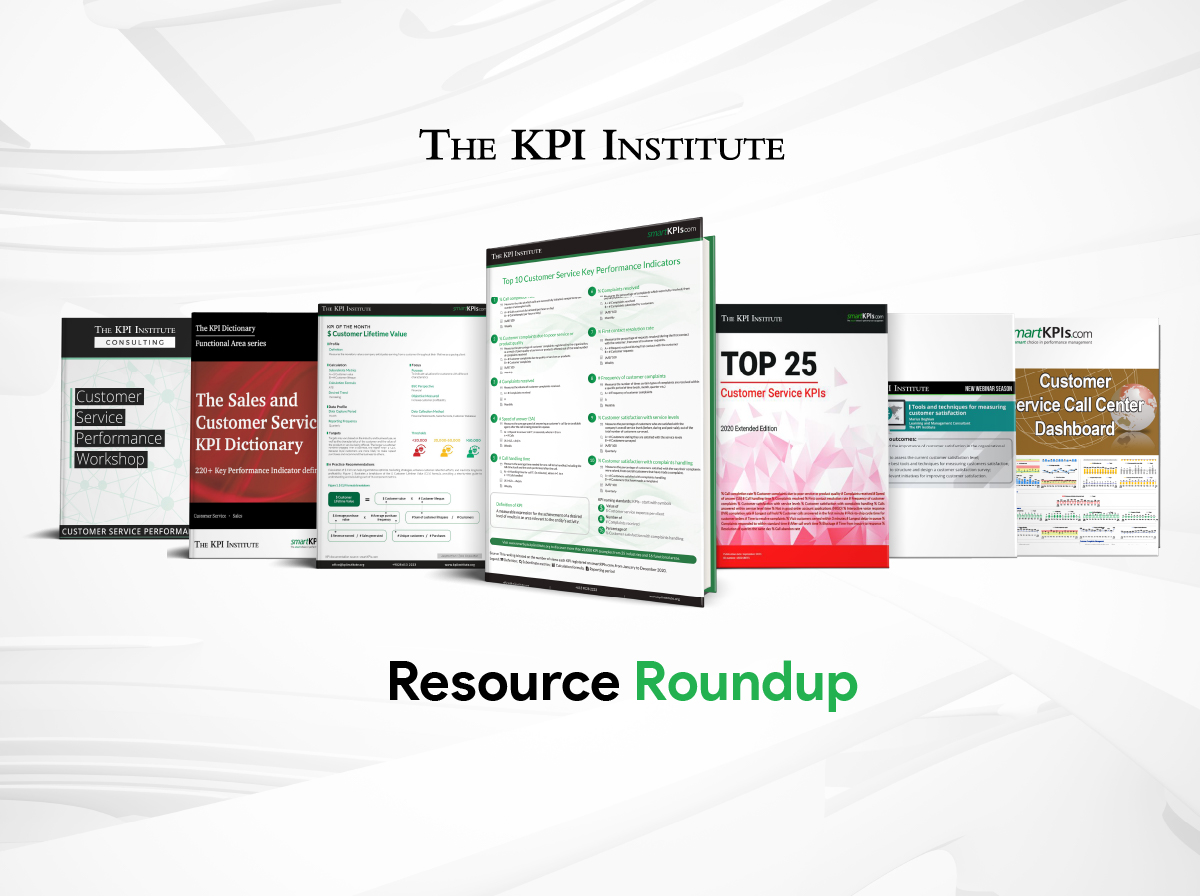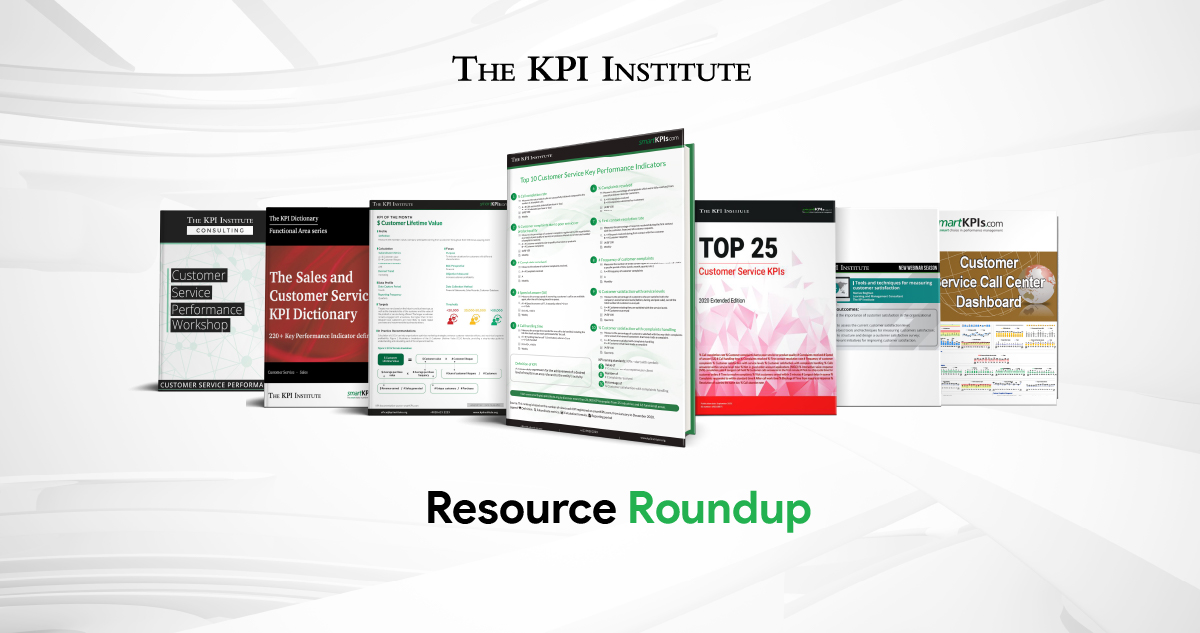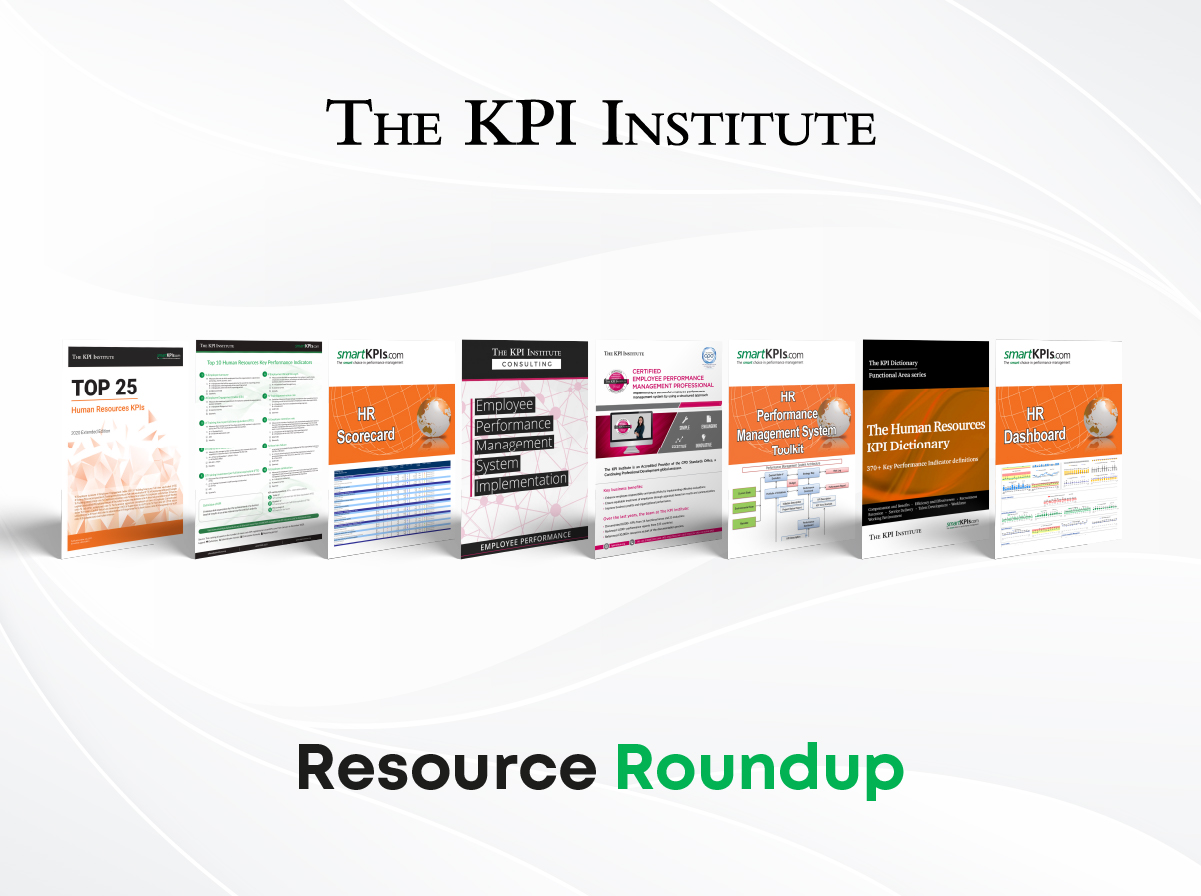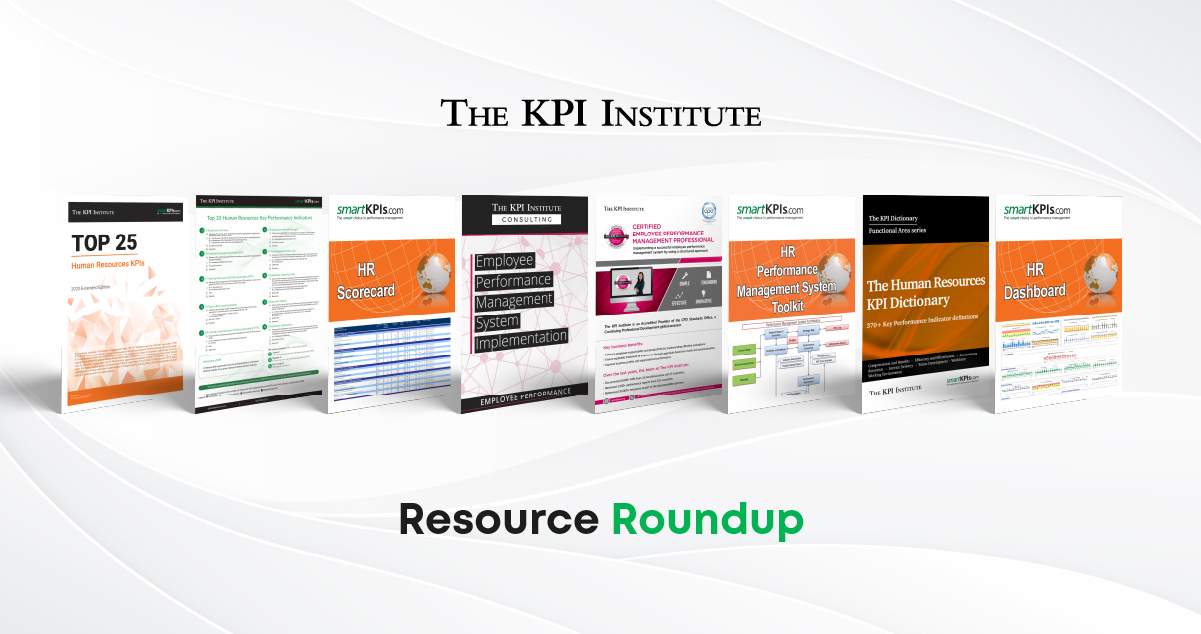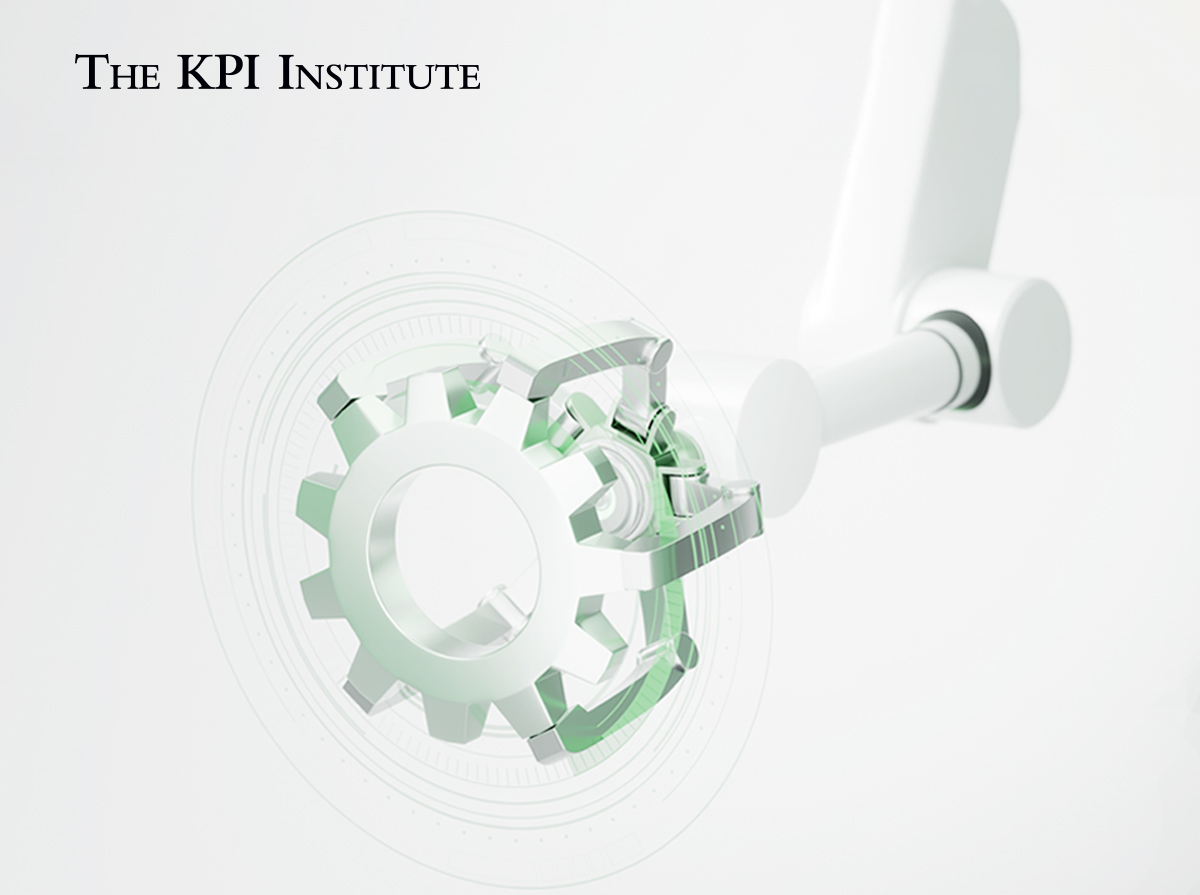
On the right course: navigating strategy and performance with the Top 25 KPIs of 2025
May 14th, 2025 Posted by Kimberly Tilar KPIs 0 thoughts on “On the right course: navigating strategy and performance with the Top 25 KPIs of 2025”
How do you navigate a ship when the weather is unpredictable and the map keeps changing?
That’s the dilemma that confronts most organizations today, where volatility, complexity, and perpetual change are the new normal. Under these conditions, successful strategy and performance management are no longer choices, but necessities. Business corporations are being asked to produce quantifiable results, react nimbly, and connect long-term vision to day-to-day action.
To assist professionals in dealing with such demands, The KPI Institute has published the Top 25 Strategy and Performance Management KPIs – 2025 Edition. The definitive report highlights the most effective key performance indicators (KPIs) through evidence-based usage data, empowering decision-makers with facts to fortify their performance architectures and achieve strategic success.
This edition is a part of the Top 25 KPIs – 2025 Edition report series authored by The KPI Institute. This provides new perspectives into implementation strategies of KPI and captures successful performance management practices in industry settings. Ranging across diverse indicators—beginning from Strategic Initiative Completion Rate to KPI Implementation Rate—the report depicts current usage trends developed through the dataset accumulated during the period from January 2023 through April 2024 using smartKPIs.com data.
The KPIs in this report are the most widely used metrics in strategy and performance management, offering practitioners a solid benchmark to measure and improve their existing measurement systems. For a quick overview, here are the top five out of the 25 KPIs from the report:
- # Performance Management Capability Maturity Level – Measures the complexity of an organization’s performance measurement function and its alignment with international best practices, based on the maturity assessment framework developed by the Global Performance Audit Unit and The KPI Institute.
- # Strategy Planning Capability Maturity Level – Assesses the complexity of the organization’s strategic planning function and its compliance with international best practices, using the maturity assessment framework developed by the Global Performance Audit Unit and The KPI Institute.
- % Performance reports produced on time – Tracks the percentage of performance reports submitted as originally scheduled, relative to the total number of reports planned for submission.
- # Operational performance reviews conducted – Evaluates how many formal assessments are carried out on operational processes, procedures, and outcomes during a specified period.
- % Active KPIs – Calculates the percentage of KPIs that are actively tracked and monitored, compared to the total number of KPIs selected.
KPIs are the backbone of contemporary performance management. They help organizations track progress, identify problems, and realize strategic objectives. As sectors change and complexity increases, having access to real-time, accurate KPI benchmarks enables organizations to stay flexible and up to speed.
The Top 25 Strategy and Performance Management KPIs – 2025 Edition offers In-depth articles, where you can discover new thought leadership articles that dive into the Performance Measurement Concept Framework, prevalent KPI use challenges, and 10 pragmatic tactics for more effective KPI implementation. It also features improved documentation templates with revised forms that now highlight the most important information of every KPI, making them simpler to comprehend, communicate, and incorporate into performance systems. All KPIs have been extensively reviewed and updated to address the most recent business trends, so the report continues to be a current and useful resource.
Whether you’re revitalizing an existing measurement system or advocating for KPI adoption within your organization, the Top 25 Strategy and Performance Management KPIs – 2025 Edition is an essential resource for keeping pace with performance management best practices. You can download the digital version via the TKI Marketplace or get your hands on the print version by ordering via Amazon. Secure your copy today!

